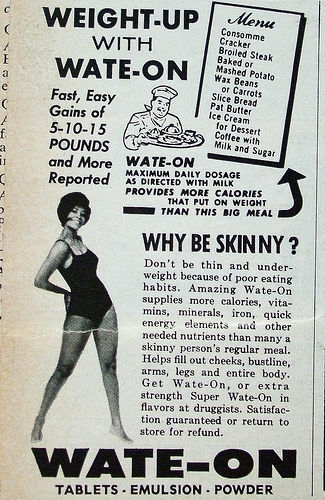Social media is the biggest form of mass media being used by young women today. Social media has influenced how women and young girls see themselves as these pictures of unattainable bodies and women online are becoming the goal, or the standard nowadays. This article also points out that although social media plays a huge role in body image, other forms of mass media are having the same affects on women in our society.
Although body image pressures have always existed for women especially, social media has emphasized this problem for women. Connected back to the seventies, body image is transitioning back to the thin, boyish body type.
More and more people are suffering from the affects of social media as it higher the standards for women everywhere. This article also focuses on what our society must do to reverse these affects.
Body ideals were easier to attain before social media was apart of the picture, and ideals became more and more unreachable. It’s easier for girls and women to become dissatisfied with their bodies even if they’re at a healthy weight and size as the pictures of women on certain medias are unrealistic for most women.
Source; https://www.commonsensemedia.org/blog/is-social-media-giving-your-teen-a-negative-body-image
Again, medias like the television, movies, and magazines drill into the minds of women that thin is the only kind of beautiful image. Women are portrayed in revealing clothing, flaunting their beauty that viewers feel as though they cannot achieve.
Unlike most other feminine products, Dove has enforced a positive look on all women with all different body types by focusing on inner beauty in their social media advertisements. For example, Dove started the “speakbeautiful” hashtag which is made for people to share positive feedback on their own and others’ pictures.
This article focuses on young girls and boys body influences, specifically sociocultural factors which includes social media. For girls, the biggest factor for pressures of body image are best friends and their mothers.



























